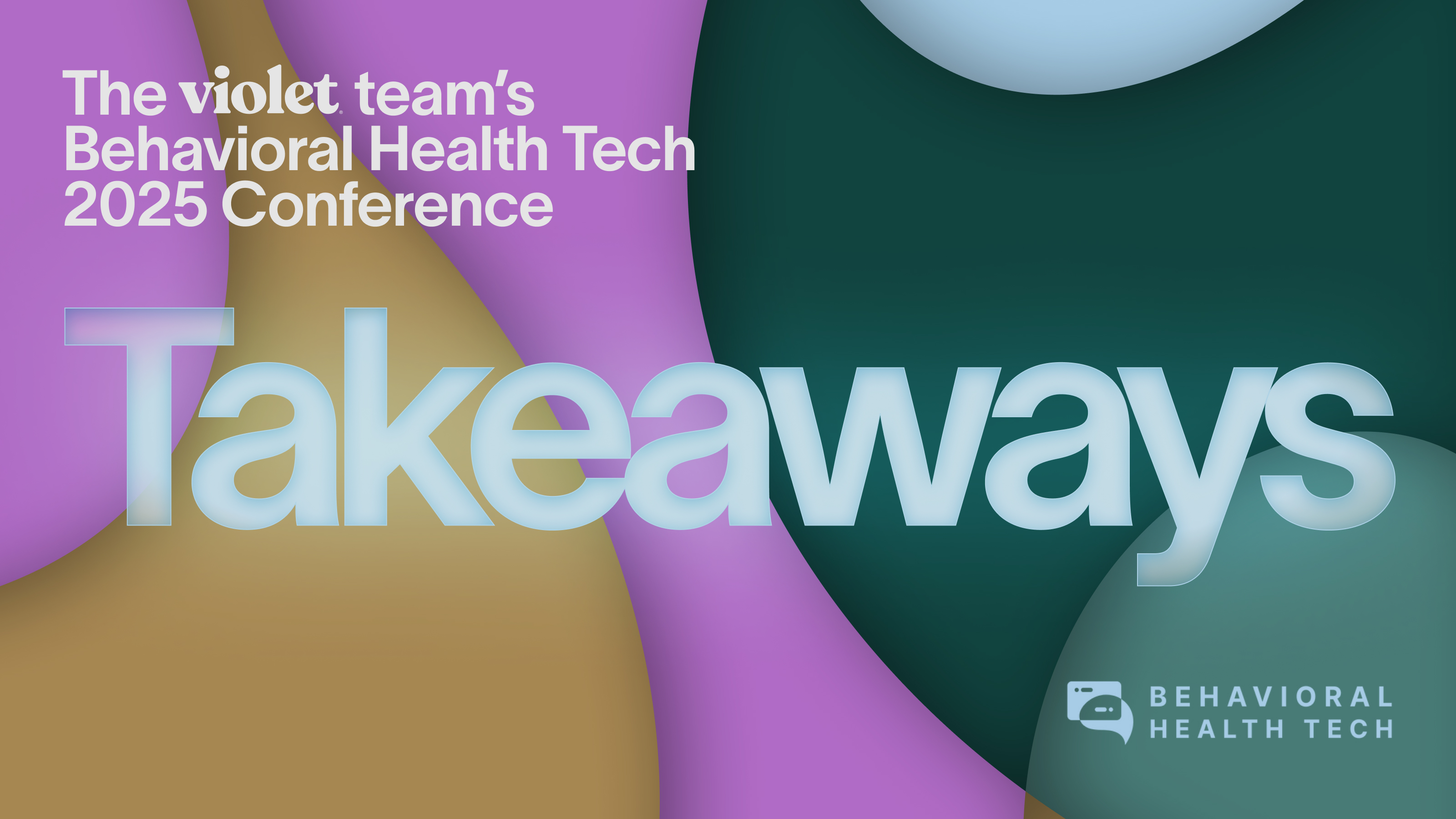The term gaslighting was originally used to denote personal relationships where someone–often a partner or loved one–makes you question the validity of your own thoughts or feelings. In a clinical context, it’s when you seek care for pain, illness, or symptoms but feel dismissed, unheard, or even denied by your health care provider.
Studies have shown that cisgender women and BIPOC patients are more likely to experience medical gaslighting. More patients from these communities are speaking out about their experiences and increasing awareness. The question now is: what do we do about it?
What is medical gaslighting?
When a clinician denies a patient’s experience, complaints, or concerns about their health, that breach of trust is known as medical gaslighting. Patients may feel like their health concerns are not valid and second-guess their symptoms. This can prevent them from speaking up at appointments, and can lead to potentially dangerous consequences like a delayed or missed diagnosis.
However, medical gaslighting doesn’t have to be intentional. Clinicians may experience unconscious bias, carrying preconceived notions or limited awareness about the experiences of certain groups of people, including different races or genders. For example, endometriosis can take seven to ten years to diagnose, despite the fact that the condition causes severe chronic pain. Because endometriosis affects menstruating people, the symptoms are often dismissed as part of a normal menstrual cycle, and it is assumed that extreme pain is simply part of the patient’s inherent biology.
Assumptions can be dangerous.
What does medical gaslighting look like?
Gaslighting can make a person question everything about their experience, including whether they are being gaslit in the first place. While the circumstances of medical gaslighting may vary, there are common experiences that patients report, including:
- Feeling like symptoms or concerns were not heard or taken seriously.
- Being told that new symptoms are normal or to be expected, with little to no explanation of why or what to expect.
- Receiving a diagnosis or no diagnosis based on gender, sexuality, race, or other factors without medical testing for other conditions.
- Having guilt, shame, or experiencing blame in bringing up medical concerns.
- Feeling the need to “prove” being unwell in the first place.
Who is more likely to experience medical gaslighting?
Anyone can experience medical gaslighting, but it's worse for culturally diverse communities due to sexism, racism, and cognitive bias.
- According to one study, the pain of cisgender women was perceived to be less intense than the pain reported by cisgender men. In fact, cisgender women were viewed as more likely to benefit from psychotherapy rather than medication.
- BIPOC communities experience higher rates of medical gaslighting due to institutionalized racism and bias. One study showed that Black patients were 7% less likely than white patients to get an urgent Emergency Severity Index score. These differences in emergency care result in frightening health disparities—Black patients are 1.26 times more likely to die in hospitals than white patients.
- Another study showed that Black patients were 2.54 times more likely to have at least one negative descriptor (e.g. “agitated” or “frequent flier”) in their medical history and physical notes.
- In a 2014 report, 70% of LGBTQ+ people surveyed were experiencing discrimination when seeking health care. The report indicated that clinicians may make assumptions that a patient’s issues stem from their sexual and/or gender identity, or ask unnecessary invasive questions.
- People with a higher than CDC-prescribed BMI often have their symptoms blamed on their weight. Research shows that everything from eating disorders to mental health concerns, to pregnancy-related complications, and COVID-19 diagnoses are often inadequately addressed because their symptoms are dismissed as related to weight.
How can health care providers prevent medical gaslighting?
Increasing awareness about gaslighting within the medical community can help guide clinicians so that patients feel heard. Here are some tips you can use during your next patient interaction to avoid bias or gaslighting:
- Be transparent with clinical reasoning. Explaining the rationale behind diagnoses and treatments builds trust with patients.
- Ask patients if they have questions. Sometimes patients need to be prompted to ask questions in order to feel comfortable. Directly asking patients if they have questions reinforces that they are in an environment that cares about their voice.
- Be mindful of silence. During medical appointments, it’s common for providers to go silent as they perform tasks like entering patient notes into their computer. For a patient who may be anxious about new symptoms or just uncomfortable with medical visits, these silences can reinforce a feeling of having no connection with their doctor. Providers can help assuage this by being transparent about what they’re doing, narrating the appointment as they go.
- Automate processes as much as possible. Introduce more automation for tasks like transcription so there can be more time to interact with patients and ensure all questions have been answered.
- Always address pain. Patients often feel like they’re suspected of seeking controlled substances when they report pain, and BIPOC patients experience this bias the most. Patients may end up reporting pain for extended periods of time–sometimes even years–before it is addressed. Develop a plan to address pain if it is reported, and check that the patient is satisfied with the plan.
- Ask patients about their thoughts and worries. Remember, most patients are going to look up their symptoms and read whatever’s online; helping them navigate this content will help them feel more informed and confident.
- Incorporate cultural competence training into the CME work. Research consistently shows a correlation between cultural competence, cross-cultural education, and positive patient outcomes.
Steps patients can take to prevent gaslighting.
Patients also have steps they can take to prevent gaslighting. Providers should be aware of these options and use them to offer patients the best experience and care, while being mindful that the burden should never be on patients to safeguard their own care delivery.
- Directly address providers. A patient who is upfront with their questions and concerns is trying to connect with their physician and get the right care. This is a tremendous opportunity to build trust and guide patients to follow the best standard of care for their treatment.
- Write down questions ahead of time. It can help patients to keep track of their questions ahead of appointments, and both patients and provider can make sure everything is addressed.
- Keep a symptom journal. Encourage all patients to keep track of their symptoms by documenting when they tend to get better or worse, including potential triggers.
- Bring a close loved one or friend. Some patients feel more comfortable with the emotional support of a loved one by their side. This person may even help them advocate for their needs. Honoring the entire patient’s care team is another opportunity to build trust, which can help illuminate patient needs and build a better, more personalized treatment plan.
The more clinicians learn how bias and discrimination can result in medical gaslighting, the closer we come to building an equitable health care system. While this requires change on a structural level, you can start immediately with your next patient interaction. Creating an environment where patients can share their concerns and be taken seriously is vital for inclusive, quality care delivery.
Want to learn how cultural competence upskilling can help your care team? Book a demo with Violet.

.svg)





.png)



.png)

.svg)



.svg)

